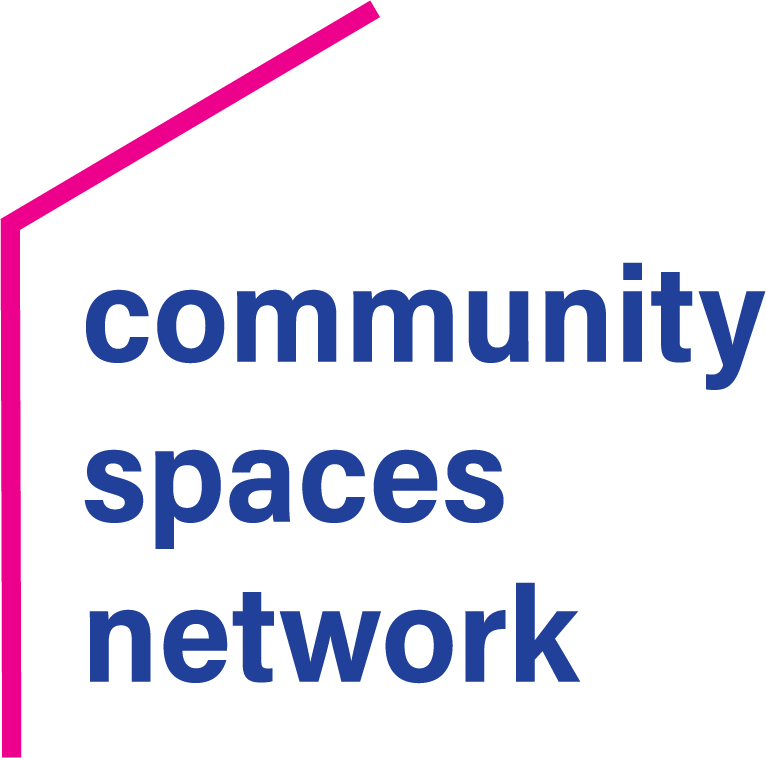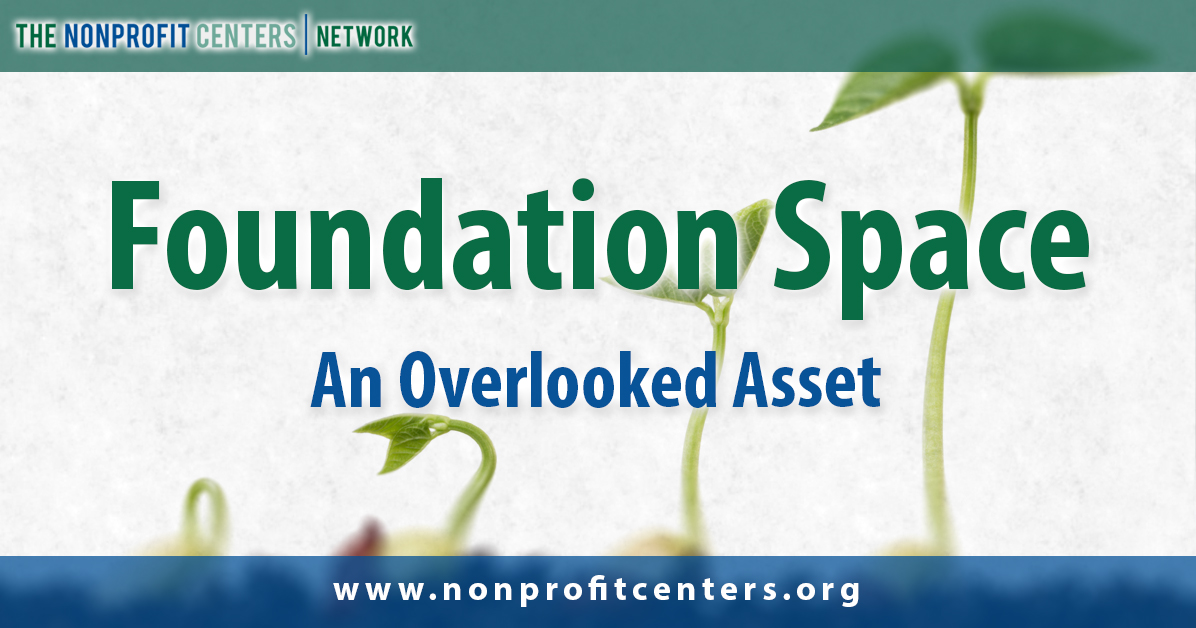While the team is in Toronto for the Ontario Community Hubs Summit, today’s blog post features a blast from the past in this excerpt from Planting a Seed: Foundation Build Communities with Shared Nonprofit Workspace. Download your copy today!
Thousands of foundations expend dollars each year on offices for their staff. What would occur if each one envisioned its physical facility as a civic space – a place for itself, its grantees and its community? What would such spaces look like?
Fortunately, we find the answer to these questions in the stories of the 17 foundations described in this timely and important publication, Planting a Seed: Foundations Build Community with Shared Workspace. To borrow a phrase from John Elkington, a leader in the field of corporate global responsibility, each featured foundation has embraced a ‘triple bottom line’ approach to the design and operation of their facilities. They are creating economic, community and environmental benefits for a broad array of stakeholders.
In the economic realm, building projects become investments, create long-term savings, and can create employment opportunities for residents and support local businesses. In the community realm, foundations showcase the work of their grantees, host conference centers and provide quality office space for nonprofit organizations. In the green or sustainability realm, they model energy efficiency and the use of sustainable materials to create healthy places. In addition, these facilities demonstrate how other foundations can use workspace to vividly embody their values and mission. As reported in a recent Foundation Center publication, More Than Grantmaking: A First Look at Foundations’ Direct Charitable Activities, many foundations are finding new ways to augment their grantmaking to advance their respective missions. In the report, one-quarter of the surveyed independent and family foundations now conduct such direct charitable activities, such as:
- Hosting educational conferences,
- Extending technical assistance and training to nonprofits,
- Publishing and disseminating reports,
- Supporting the service of foundation staff on nonprofit, commission and advisory boards.
This is not a new phenomenon. A number of donors have been trailblazing other ways to augment their grantmaking budgets. Therefore, it is not surprising that increasing numbers of foundations have discovered that they can use their own headquarters and facilities to better their own local communities and contribute to their fields of interest.
The seeds of this phenomenon were planted some time ago. When the Ford Foundation opened its new home in midtown Manhattan in 1968, it introduced the first public interior park in New York City. Each year, thousands of New Yorkers and tourists visit the atrium and partake in this very special urban oasis.
Almost 50 years later, the Russell Family Foundation of Gig Harbor, Washington, would follow suit. Consistent with the Foundation’s commitment to enhancing the quality of life of Tacoma and Pierce
County residents and to overall environmental sustainability, it created a new park for its immediate neighborhood on the roof of its green building.
In 1981, the Meadows Foundation transformed a dilapidated 22-acre neighborhood into the Wilson Historic District in Dallas, Texas. Today, it serves as home for local nonprofit organizations as well as for the Foundation’s own offices. Following in their footsteps, many foundations in the Nonprofit Centers Network have created a wide range of model facilities across the country that fit the needs and character of their individual communities.
This trend is not limited to North America. In Hamburg, Germany, the Körber-Stiftung facilitates dialogue and understanding through the operation of a conference and seminar facility, art gallery, bookstore, and a 200-person concert hall. Consistent with its interest in music education, its recital hall provides the Foundation with an opportunity to expose its audiences to modern music in its home along the Hamburg harbor.
Is organized philanthropy at a tipping point in the use of physical space to meet their missions? It is hard to predict. As the challenges facing the world continue to mount, the time is right for more foundations to seize on new ways to help their communities and the nonprofit organizations within their fields of interest.

